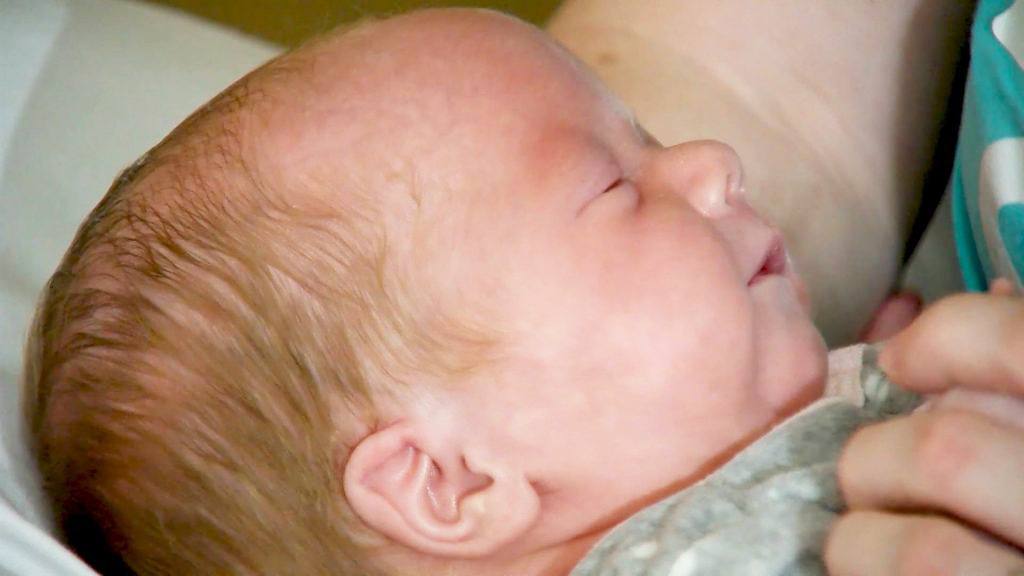
About 1 in 10 births are premature, or before 37 weeks. Babies born prematurely are at higher risk for a number of possible complications. This is a story of how teamwork and technology combined for one special delivery.
Lizzie Stoltz called her husband, Shaun Stoltz, on June 30, 2019, to tell him she had gone into labor 30 weeks into her second pregnancy.
"He said, right away, 'You're kidding.' I said, no, I'm positive my water just broke."
The couple lives in the small northern town of Bloomer, Wisconsin, population roughly 3,500. Lizzie had planned to deliver her second child at the Mayo Clinic Health System hospital in Eau Claire, Wisconsin ― about 30 minutes away.
However, it soon became clear that wouldn't happen. Her contractions were coming on too strong, so she went to the closest hospital three minutes away: Mayo Clinic Health System in Bloomer. The hospital is staffed 24/7, but there's no labor and delivery service or a neonatal ICU. Jon Farm, a physician assistant in the Emergency Department, had five minutes to prepare for Lizzie's arrival.
Watch: Madelyn Stoltz: A special delivery
Journalists: Broadcast-quality video (3:04) is in the downloads at the end of this post. Please "Courtesy: Mayo Clinic News Network." Read the script.
"That's the first thing that crosses my mind: to summon the appropriate resources and team ― to be able to take care of the patients that are coming in ― so that’s what I did. I called Dr. Skaar. And then I called the transfer line in Rochester, and told them I'm going to need some telemedicine help, as well."
Telemedicine allows medical providers to communicate and see patients from an off-site location through a machine just like this. Dr. Christopher Collura, a Mayo Clinic neonatologist in Rochester, Minnesota, quickly appeared on the telemedicine machine in Bloomer, ready to assist Farm.
"We have controls in order to zoom in other parts of the room, improve our audio, talk to providers with a handset if needed. Short of us standing right there with the team, it's the next best thing."
By the time Lizzie arrived at the Bloomer Emergency Department, she was ready to push. By now, Dr. Phil Skaar, the on-call Mayo Clinic Health System family medicine physician, had arrived at the hospital. Together, he and Dr. Collura, who was over 100 miles away, worked to deliver the baby.
"It was literally like having a specialist looking over your shoulder, and there were times he would literally pan the camera and have a conversation, like, 'Hey, what's your name? OK, this is what I want you do do.' It was remarkable."
The baby was finally delivered, but she was bruised and not crying.
"She was very limp and blue, and not breathing."
Farm intubated the 3-pound baby named Madelyn Grace Stoltz. Through it all, Dr. Collura remained by his side on the telemedicine screen, taking the guesswork out of caring for such a premature newborn. A Mayo Clinic neonatal flight crew then took baby Madelyn to Mayo Clinic in Rochester, where she would receive care for the next 44 days. Madelyn was the first baby born at the Bloomer hospital in years. And she was the first with the support of teleneonatology. Farm sums up the critical role telemedicine plays in cases like this.
"It gets patient the right care at the right place at the right time, that's what telemedicine does."
Madelyn is now thriving and getting used to life at her real home. For the Stoltzes, "It's broken sleep with lots of smiles. That's what it is. She's going to be demanding. She'll be a fighter, that's for sure."







